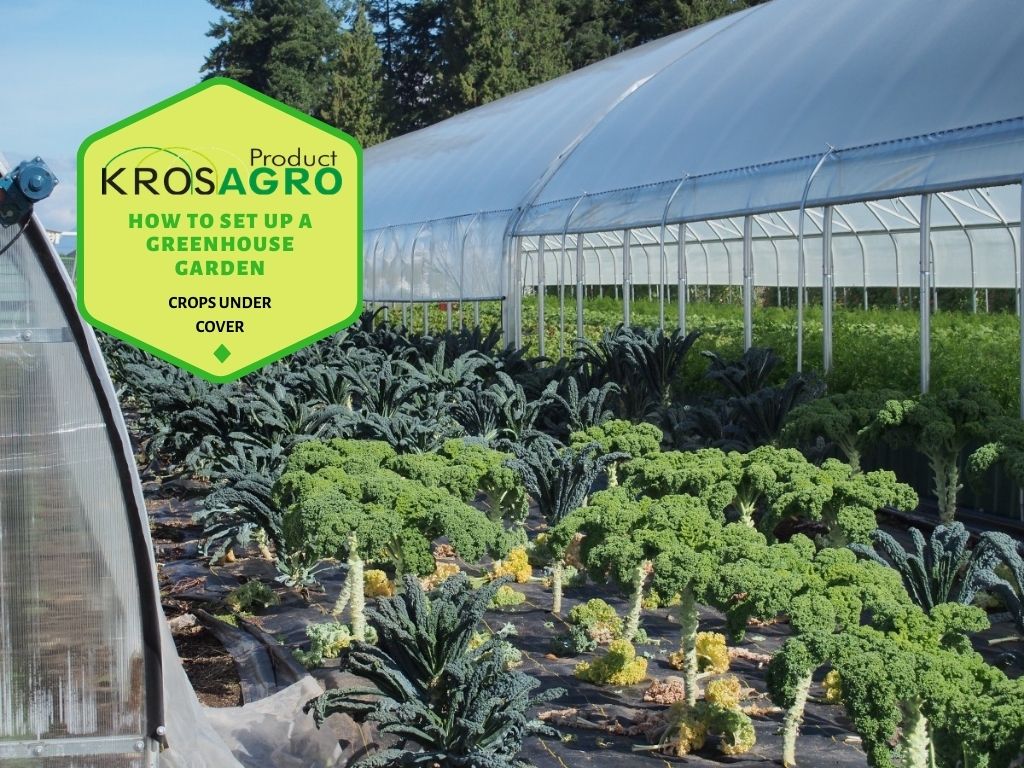There are a few steps on how to set up a greenhouse garden; by regulating the temperature, ventilation, humidity, irrigation and soil quality, light source and pest control, and positioning plants aesthetically.
Do you want to do something productive? Why not indulge in setting up a wonderful place of greenery? Though it might look intimidating, it’s straightforward to do and start on your own!
Through this guide, gardening and starting your greenhouse would be better, fun, and organized for beginners like you. Here are the basic steps on how to set up a greenhouse garden.
Contents
Setting Up A Greenhouse
Setting up a garden starts with building a greenhouse. Also, ask yourself the kind of plants you would want to grow and take care of. Having a greenhouse has a lot of benefits, and creating a garden is a plus.
A well-created greenhouse garden would maximize the potential and overall aesthetic of your greenhouse. In that way, you’re growing fruits, vegetables, and flowers most effectively and decoratively.
In this section, we will list tips and procedures on how to create your very own greenhouse garden, while prioritizing the factors to build an effective greenhouse system for your plants.
#1 Temperature
Plants are sensitive to heat and cold. They need an adequate amount of warmth to sustain their growth. To set up a useful greenhouse garden, it is a must for you to monitor and control the temperature inside the infrastructure continually.
Use an essential hanging thermometer or a digital thermometer. If the temperature is high, especially during the summer, proper ventilation and shade cloth will prevent heat damage caused by excessive ultraviolet radiation from the Sun. In colder days, a heater is useful to alleviate the low temperature.
It is also suggested that you keep a greenhouse journal to keep track of the changing temperatures and your plants’ progress.
#2 Ventilation
Greenhouses need well ventilation so that air, especially Carbon Dioxide (CO2), could flow smoothly and be utilized by the plants. Proper ventilation, through the building’s roof and sides, could minimize high temperatures as well.
To calculate how much ventilation your greenhouse needs, divide your total floor space by five. That number is 20% of your entire floor space, which is the minimum area that should open and let air in (e.g., windows, vents, and rolled-up walls.).
#3 Humidity
Plants transpire water through the air. This process increases the humidity and, therefore, affects the temperature inside the greenhouse.
Buy a humidity monitor to check the humidity continually. Don’t forget to ventilate the greenhouse during hotter days. Make sure cooling fans and ventilation windows are closed before night or cloud cover to prevent excessive cooling.
#4 Irrigation and soil quality
Water is vital for your plants unless you want them all dried up. It is crucial to keep it adequate to avoid under or excessive watering.
Make sure to check the dryness of the soil before watering. It is also advisable to water your plants in the morning to see if it needs more water for the rest of the day. During hotter days, you should water them frequently.
Aside from proper irrigation, soil quality is a critical component in these greenhouse gardens. Remember to cultivate the soil well and fertilize it often to promote the growth of your plants further.
#4 Light source
Without the right exposure to sunlight, the plants in your greenhouse garden would suffer. Their growth will stunt, and they won’t last long.
As a beginner, you should prioritize the amount of sunlight that your plants are getting. Monitor it by using a solar power meter. If the temperature and solar power are too high, cover your greenhouse using a shade cloth to regulate the building’s internal environment.
#5 Pest control
Pesky insects and pests are annoying and could harm your plants once they enter your greenhouse. It is better to keep yourself equipped with the right materials to exterminate all of them.
Buy plant-friendly insecticides and pesticides if you have a pest infestation. Make sure to use it sparingly as not potentially to harm your plants.
Beneficial insects, however, it would be useful inside your greenhouse garden. Keep a few of them further to improve the growth and well-being of your plants.
Also, pests don’t only come in the form of insects. Harmful fungi love the warm and moist environment in greenhouses.
To control their population, proper ventilation and constant humidity are two key processes you should take note of. It is also a good idea to annually clean your greenhouse with vinegar or oxygen bleach to prevent molds and fungi’s growth.
#6 Positioning
Your greenhouse garden is a blank canvas. Whether you want to plant vines, shrubs, or root crops, you decide to put and organize them in positions that would look aesthetic and neat enough for you.
Buy sturdy racks, pots, and other materials where you would want to let your plants grow. However, it would help if you also took note of how these plants would grow. Their size, root cover, and other factors are also important, aside from their aesthetic and decorative positioning.
Final Words
Setting up a practical yet pleasing greenhouse garden is a fun and straightforward process. It requires dedication and a lot of time & effort. If you perform all the necessary steps and tips on how to set up a greenhouse garden, you will reap what you have sown.
